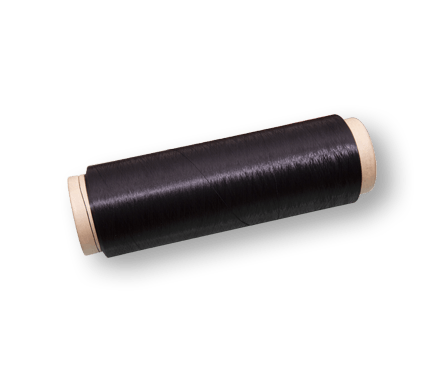Most of my friends may know a certain kind of nylon be […]

Most of my friends may know a certain kind of nylon better. However, there may not be much knowledge about nylon in a comprehensive comparison, especially if some friends are not particularly clear, why some nylons have high water absorption, but some nylon materials have relatively low water absorption. Therefore, today I will compile and summarize for everyone: the performance comparison of common nylons, from a global perspective to compare and understand nylon materials.
1. The development history of nylon
First of all, let's get to know the development history of nylon:
On February 28, 1935, Carothers synthesized nylon PA66 for the first time in the laboratory. On October 27, 1938, DuPont officially announced the birth of the world's first synthetic fiber and named it nylon.
In 1938, PA6 was first developed by P.Schlach of I.G.Farbon, Germany, and was industrialized by the company in 1943. The market volume accounted for 70% of the nylon market.
PA610 was successfully developed by DuPont in 1941, and began production and application in the 1950s. PA610 occupies a very important position in the nylon family.
In 1947, French Atofina began to use natural castor oil as a raw material to produce PA11, and in 1955 it realized industrial production.
In 1958, PA1010 was first successfully developed in my country's Shanghai Celluloid Factory.
DuPont developed meta-aramid PA1313 in 1962 and realized industrial production in 1967.
In 1966, DuPont developed the para-aramid PA1414, which was industrialized in 1971.
PA612 was first successfully developed by DuPont.
PA9T was first successfully developed by Kuraray.
PA6T was first successfully developed by Mitsui Chemicals.
In 1966, PA12 was first industrialized by the German AG company.
PA46 was developed by the Dutch National Mining Company in 1985.
In 2006, Kingfa Technology began to research and develop PA10T.
At present, nylon is widely used in automobile parts, electric power, electronic devices, machinery industry, precision instruments, etc.